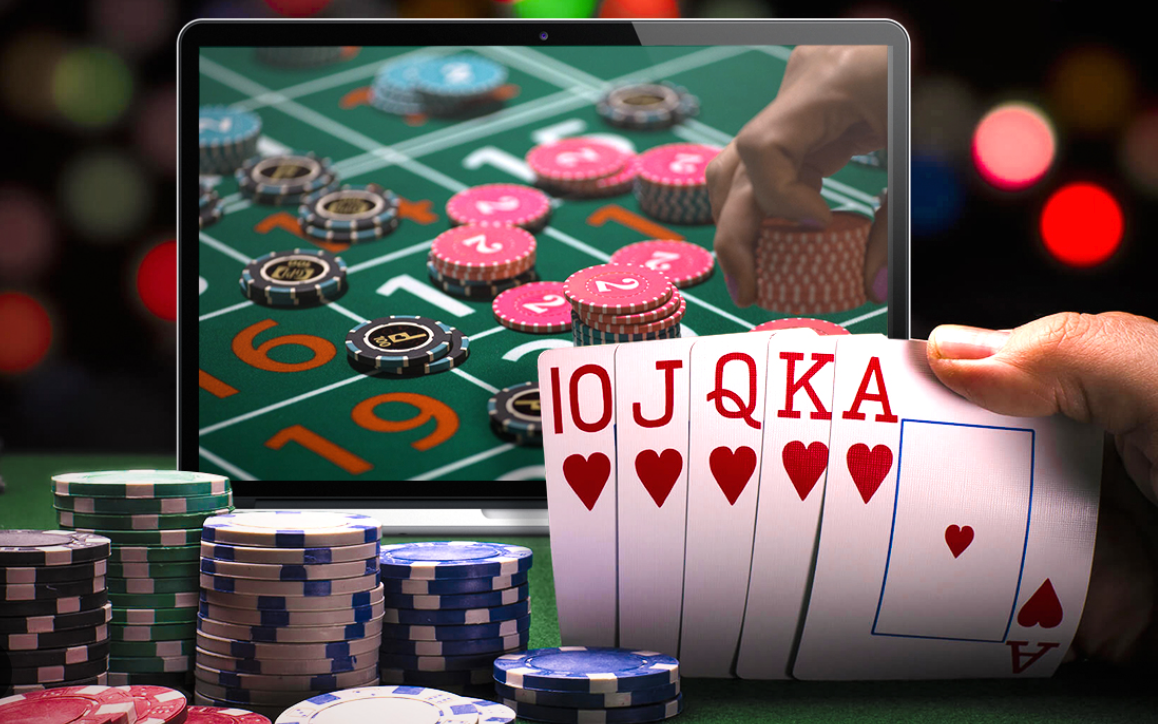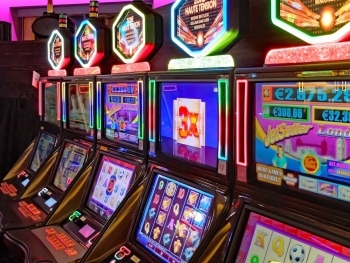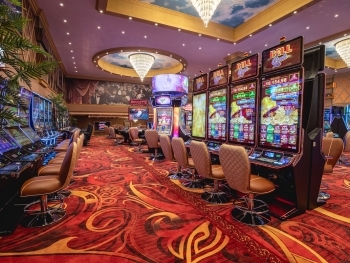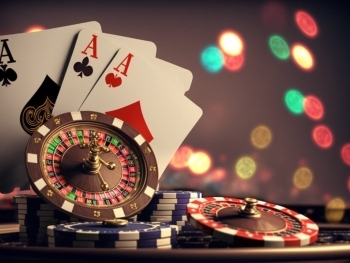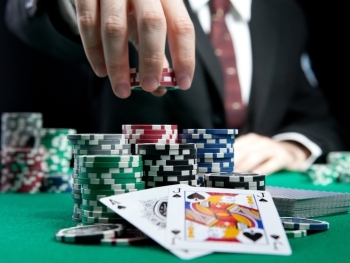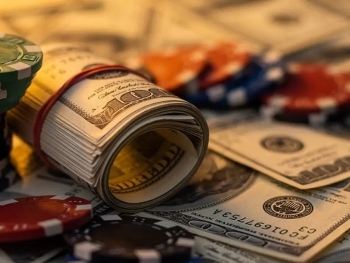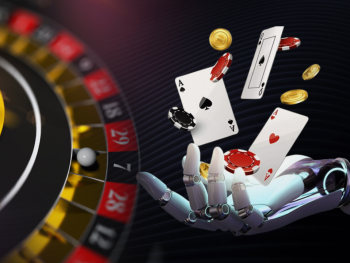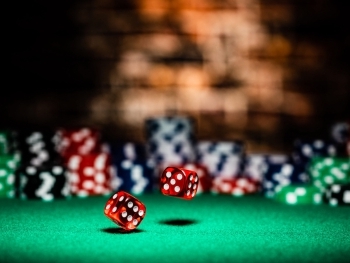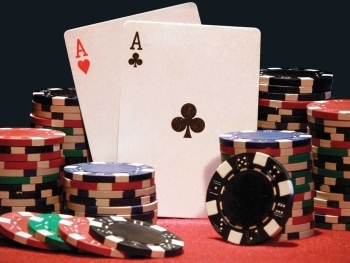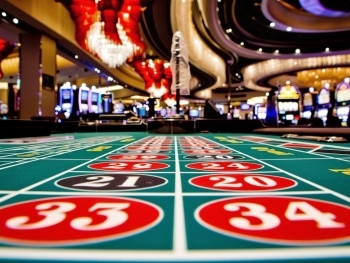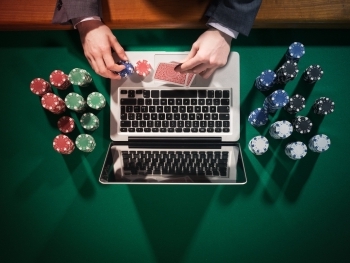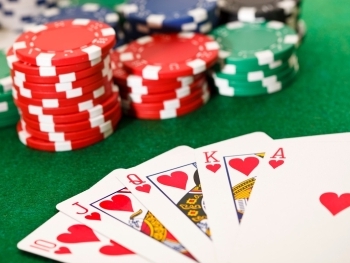Casinos are designed to be more than just places to gamble; they are meticulously crafted environments that use psychological principles to attract and retain players. From the layout of the gaming floor to the colors, sounds, and lighting, every aspect of a casino is optimized to enhance the gambling experience. This article explores the various psychological strategies casinos use to encourage players to stay longer, spend more, and return frequently.
1. Casino Design and Layout
The Maze-Like Structure
Casinos are intentionally designed with a labyrinth-like structure to keep players engaged. The absence of straight paths and clear exits ensures that patrons continue to walk past enticing slot machines and gaming tables, increasing the likelihood of spontaneous gambling decisions.
Strategic Game Placement
High-paying slot machines and popular table games are often placed deeper inside the casino to encourage players to explore. Casinos place low-stakes and free-to-play games near the entrance to draw people in before gradually leading them to higher-stakes areas.
2. Lighting, Colors, and Sound Effects
Bright and Warm Colors
Casinos use red, gold, and other warm colors to evoke excitement, energy, and a sense of luxury. These colors create a stimulating environment that encourages players to continue gambling.
Flashing Lights and Sound Effects
Slot machines and table games feature celebratory lights and sound effects whenever a player wins, reinforcing the perception that winning is frequent. Even near-miss losses trigger similar stimuli, keeping players engaged and hopeful.
Dim Lighting
Casinos often use dim lighting to create a sense of comfort and detachment from the outside world. This contributes to a relaxed, immersive atmosphere that keeps players focused on the games rather than the passage of time.
3. The Absence of Clocks and Windows
Casinos are deliberately designed without clocks or windows, preventing players from tracking time. This psychological trick encourages extended play by eliminating external cues that signal when it might be time to leave.
4. Freebies and Loyalty Programs
Complimentary Drinks and Food
Many casinos offer free alcoholic beverages, snacks, or meals to players. Alcohol lowers inhibitions and impairs judgment, leading to riskier betting behaviors and longer gambling sessions.
Player Reward Programs
Casinos use loyalty programs that reward frequent players with points, discounts, or complimentary stays. These incentives encourage players to return, fostering brand loyalty and increased spending.
5. Near-Miss Effect and Loss Aversion
The Illusion of Almost Winning
Slot machines and certain table games are programmed to create near-miss experiences, where players feel like they were close to winning. This triggers a psychological response that motivates them to keep playing, believing that a win is just around the corner.
Loss Aversion
People are more sensitive to losses than to equivalent gains. Casinos use this principle by offering opportunities to "win back" losses, enticing players to continue gambling in an attempt to break even.
6. Social Influence and Group Dynamics
Crowded Areas and Excited Players
Casinos strategically place winning players in visible locations to create an impression of frequent success. Seeing others win encourages bystanders to join in, hoping for similar outcomes.
Dealer and Staff Interactions
Friendly and engaging dealers keep players entertained and emotionally invested in games. Personal interactions build rapport, making players more likely to stay and play longer.
7. Variable Reward Schedules and Dopamine Release
Unpredictable Rewards
Casinos employ a variable ratio reinforcement schedule, the same principle used in addictive behaviors. Players never know when they will win, making each bet exciting and unpredictable. This intermittent reward system triggers dopamine release, reinforcing gambling behavior.
Small Wins to Maintain Engagement
Even small wins keep players engaged, as they provide intermittent reinforcement that sustains motivation. Players are more likely to continue playing if they believe they are experiencing a "lucky streak."
8. The Power of Cashless Transactions
Casino Chips and Digital Payments
Casinos replace real money with chips or digital credits, creating a psychological disconnect between spending and loss. Players are more likely to bet larger amounts when they don’t feel the direct impact of handing over cash.
ATMs and Easy Access to Funds
Casinos place ATMs conveniently within gaming areas, making it easy for players to access more funds without leaving the premises. This reduces the likelihood of stopping due to running out of money.
Casinos use a wide range of psychological strategies to attract and retain players. From environmental design to reward systems and emotional manipulation, every element of a casino is carefully crafted to maximize engagement. Understanding these tactics can help players make more informed decisions about their gambling habits, ensuring they maintain control while enjoying the experience.
